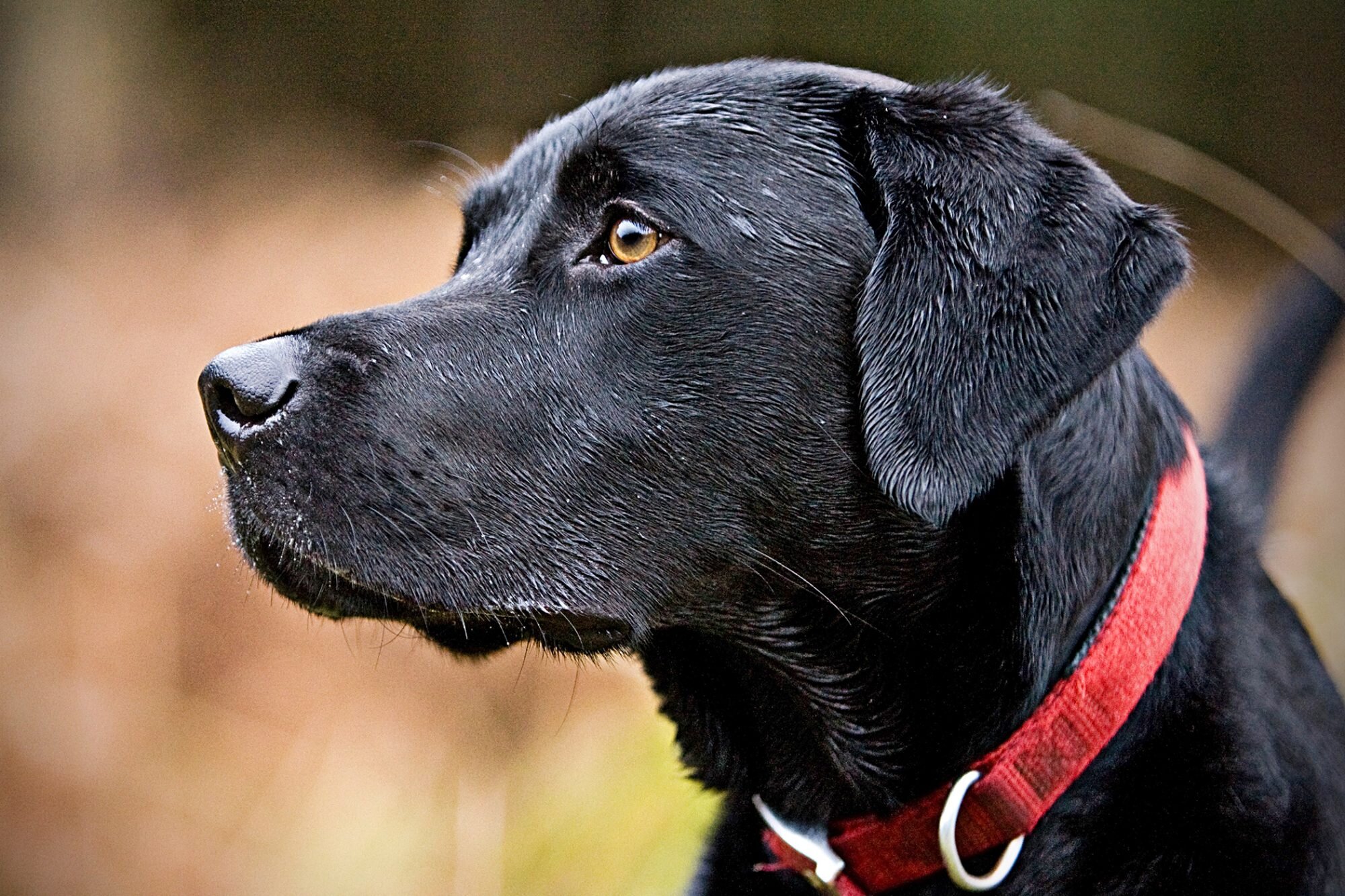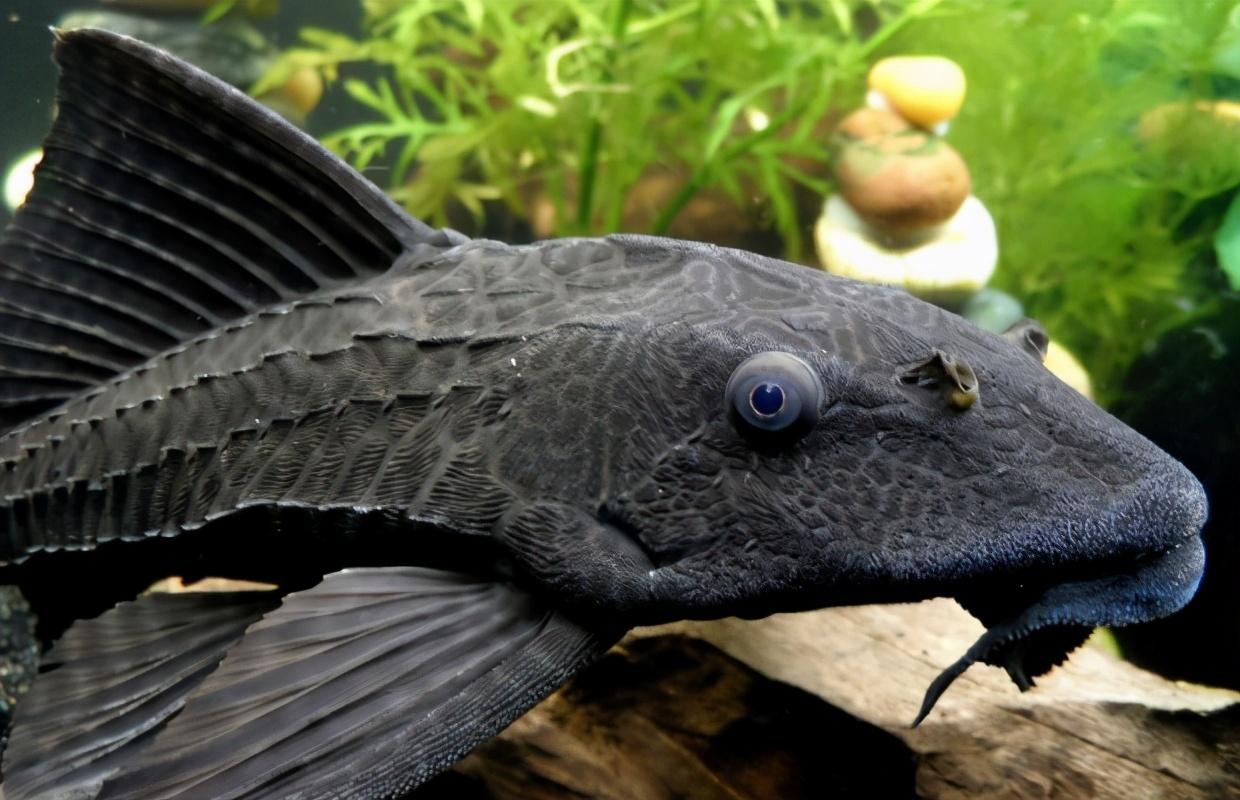Last Updated on December 14, 2023 by Fumipets
We have the solution you’re looking for if you’ve ever wondered why a bull or multiple bulls have rings in their noses. While you would believe that bulls’ nose rings are some kind of “bull bling,” there’s really a more practical explanation behind them.
A bull ring is a ring that is located in a bull’s snout. It’s been used for decades to manage bulls, who are naturally fairly rambunctious animals. A bull ring is often implanted into the septum of a bull’s snout when the animal is only a few months old. It is typically composed of some form of metal, such as brass, stainless steel, or aluminum.
A bull ring usually has a hinge to make it simple to insert, open, and lock. Before the ring is inserted, the bull receives a temporary anesthetic to make the piercing less uncomfortable.
Using a Lead
To give the handler something to grab onto while guiding the bull about, a lead is tied to a ring that has been placed in the bull’s nostril and snapped shut. Because the tissues in the nose are so delicate, the bull rapidly learns to follow its handler’s direction while it is being pushed on through the ring. Consider for a minute having a ring in your nose and having it yanked on. Without a sure, it would at the very least get your attention!
As you may know, bulls are powerful and aggressive creatures, thus if a bull assaults a person, the person often doesn’t fair well. Bulls weigh several hundred pounds and have large attitudes. A bull who weighs a few hundred pounds doesn’t have much of a chance of escaping unharmed when placed up against a strong, muscular bull with a foul attitude.
A Halter is Usually Used with the Nose Ring
The majority of bull handlers also place a halter on their bull’s head in addition to a bull ring. To offer the handler extra security, a lead is then attached to the halter and secured into the ring. A bull that is guided in this manner is less likely to charge the handler. A firm pull on the lead is often all that is required to remind the bull that the handler is in command if it does attempt to stray off the path.
To aid manage the animal, a bull staff may sometimes be fastened to the bull’s nose ring. A bull staff is a four-foot-long, robust metal rod with a clamp on one end that clamps to the bull’s nose ring and a spring release on the other. Using a bull staff to lead a bull offers the handler considerably greater control and ensures that the bull stays a safe distance away from him or her.

Bull Rings are Required by Most Cattle Shows
For the majority of cattle exhibitions, all bulls must wear rings in their nostrils. This is due to the fact that bulls are situated near to the spectators during a cattle show. To make the area safer for everyone, a bull handler fastens a lead to the ring in a bull’s snout. At a cattle show, it’s typical to see two handlers leading one bull around to make sure the animal doesn’t escape and hurt the spectators.
At cattle exhibitions, it’s common for bulls to be in close proximity to cows and heifers. It might be difficult to prevent an unfettered bull from approaching any female heifers or cows who are in heat. Bull nose rings unquestionably play a significant part in cattle exhibitions!
Nose Rings are Also Used to Help Wean Calves
Farmers may sometimes use nose rings to wean calves off milk by keeping them away from their mother’s udders. A metal or plastic calf nose ring often has some spikes coming from it.
A calf nose ring clamps onto the septum as opposed to a bull nose ring, which is pierced through the septum. When the calf attempts to suckle, the spikes protruding from the ring irritate the cow’s udders, causing the cow to push the calf away. When using one of these tools, a calf may often be fully weaned in a matter of days. The nose ring is easily taken off once a calf has been weaned, cleaned, and put back on another calf.
Conclusion
You’ll understand the significance of a ring in a bull’s snout the next time you see one. Bulls are moved from one area to another using bull rings on farms, during agricultural events, rodeos, and cattle exhibitions. Although using a bull nose ring may seem a little harsh, it is the only method a person may steer a bull without being wounded.


















